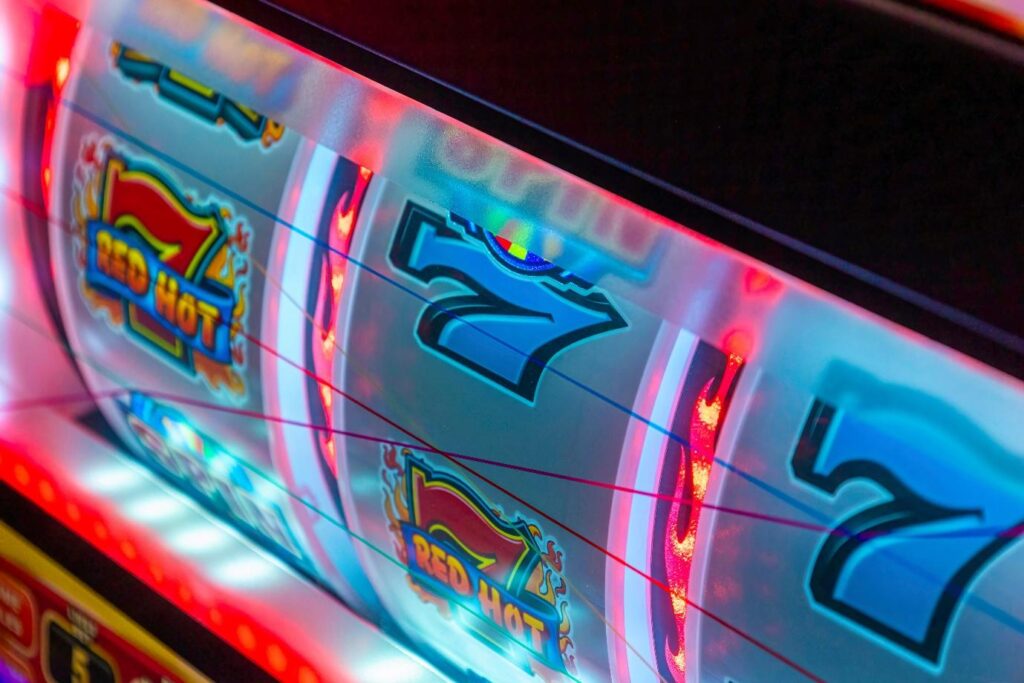
Slot machines are a relatively new addition to the roster of classic casino games, having only been invented in the late 19th century. In spite of that, they quickly became one of the most popular casino games around, and now, there are literally hundreds of different variations for players to choose from.
Interested in seeing how slot machines went from mechanical designs to the online Slots seen today? Read on as we explore just some of the history behind the evolution of slot machines and how they developed over the course of the last century.
The Invention Of The Slot Machine
Starting at the very beginning – mostly – in the last decades of the 19th century, mechanical games similar to Slots began to appear. One of the most notable was created by Sittman and Pitt in 1891, with a game based on Poker.
The game featured five drums printed with 50 playing card faces, allowing players to pull a lever and spin the drums to see whether a valid Poker hand would form on the central line. This would be verified by an operator, as the machine was unable to handle payouts on its own due to the high number of potential matching combinations.
It was this design that San Franciscan inventor Charles Fey iterated on when he created the Liberty Bell in 1895. This new game featured a streamlined design, with just three reels and only five symbols. With a smaller number of potential combinations, Fey was able to implement an automated payout system that would set the stage for future Slots.
The Growth Of Slots
After Fey’s Liberty Bell proved a major success, plenty of other designers brought out their own versions of the popular game. This led to the rapid spread of slot machine designs across the US, all following the same core format of three reels and a small selection of symbols.
As some designs sought to distance themselves from the Poker imagery of using playing card symbols, they switched to alternatives. The most popular of these were fruit symbols, which soon became some of the most iconic imagery associated with slot machines.
But the most significant change for Slots came in the 1960s, when purely mechanical workings were switched out for electromechanical ones. This was the start of a major shift for slot machines, which would go on to remove their physical reels entirely within the next few decades with the rise of video Slots.
The Digital Age Of Slot Machines
Electromechanical Slots only got limited time in the spotlight before video Slots emerged in the late 1970s. These replaced the inner workings of the machine with a computer, making the classical lever mechanism a thing of the past.
As Slots had already gone mostly digital by the start of the 1990s, this paved the way for the leap to the internet. Slot games were some of the first casino games adapted for play online, using the same kinds of random number generators (RNGs) that video Slots were based on.
Within the space of a couple of decades, online Slots had developed from simple, pixelated presentations to the modern graphics and animations seen in modern online games.
—
Slots are a category of casino games that have evolved considerably in the last century, making the move from mechanical to digital. How might new technology change them in the future?














